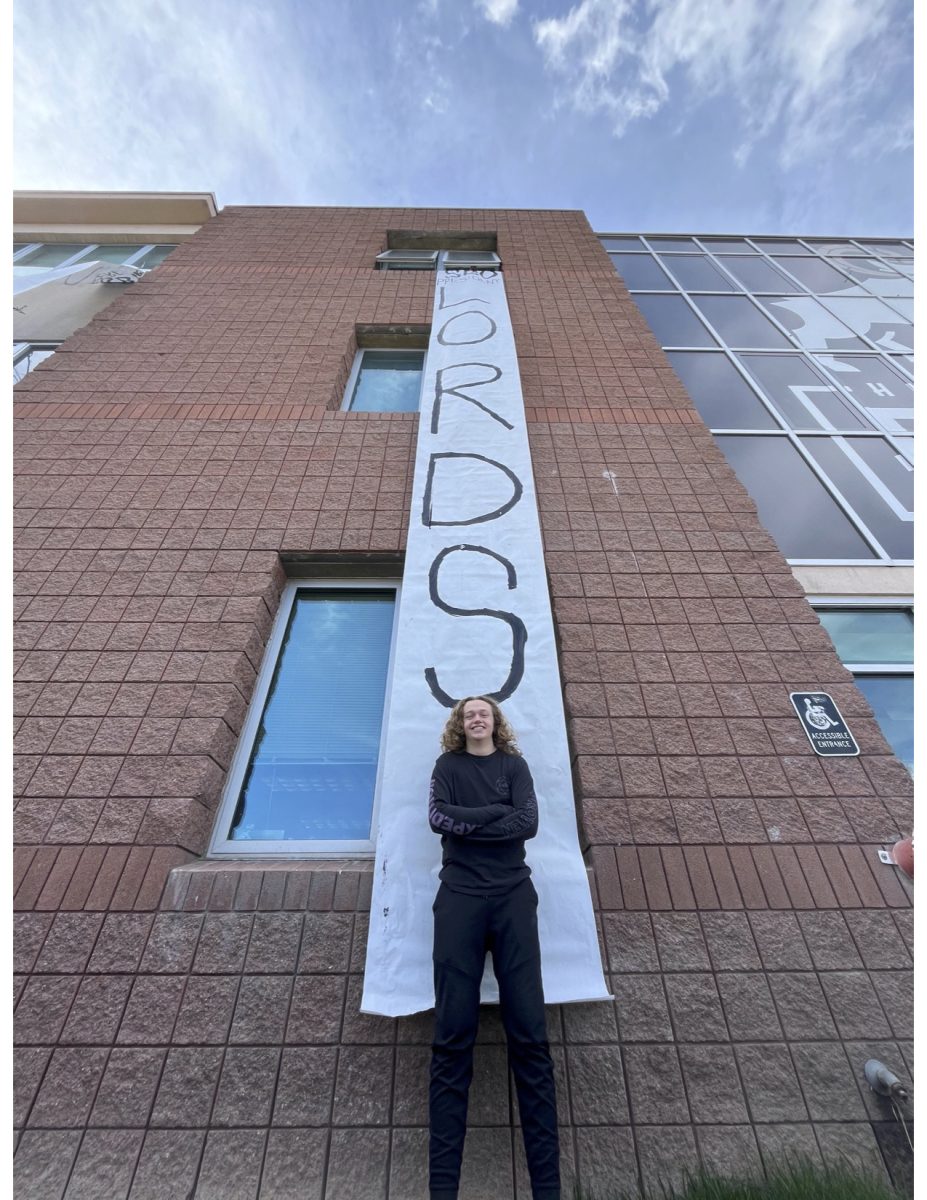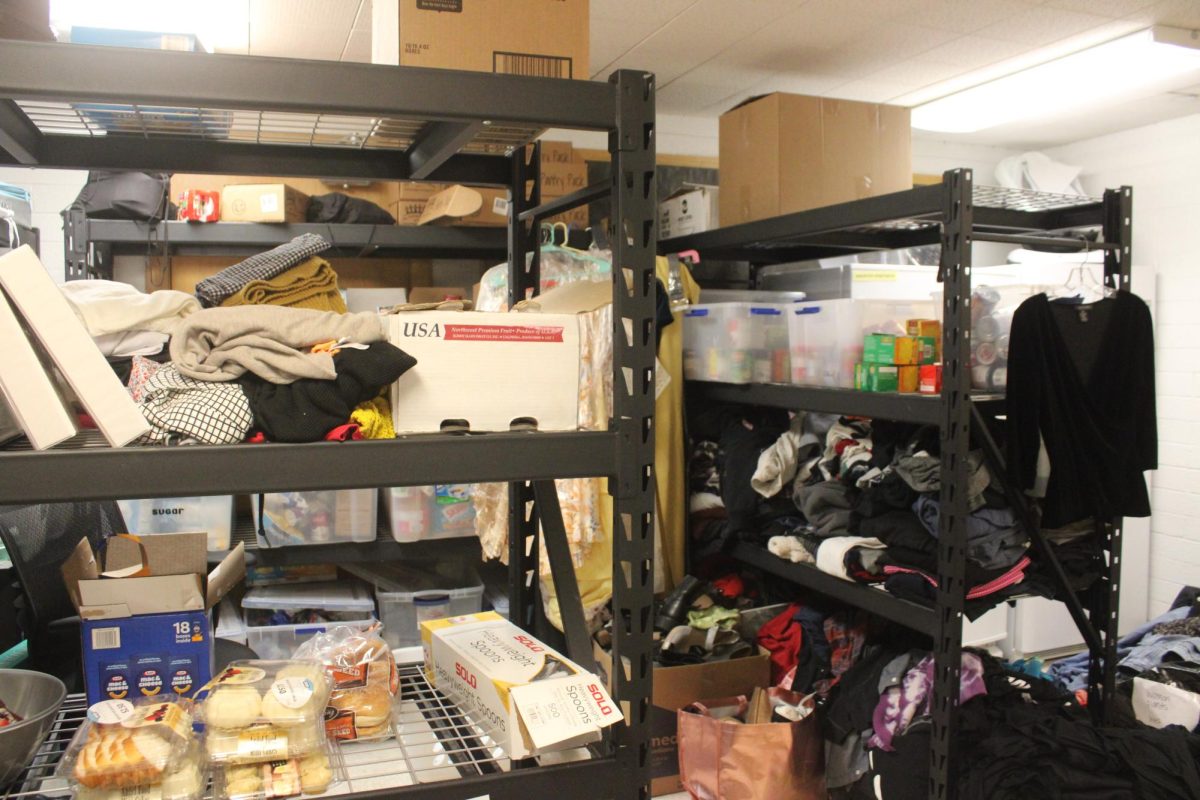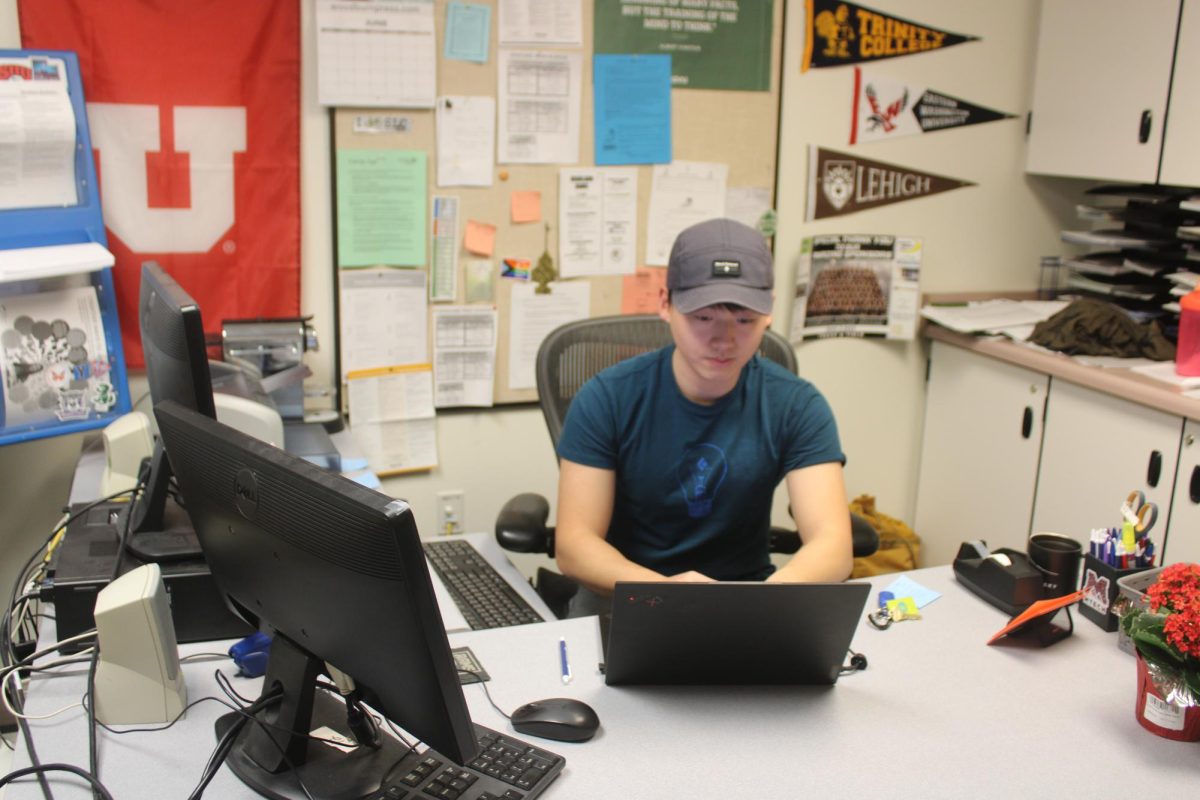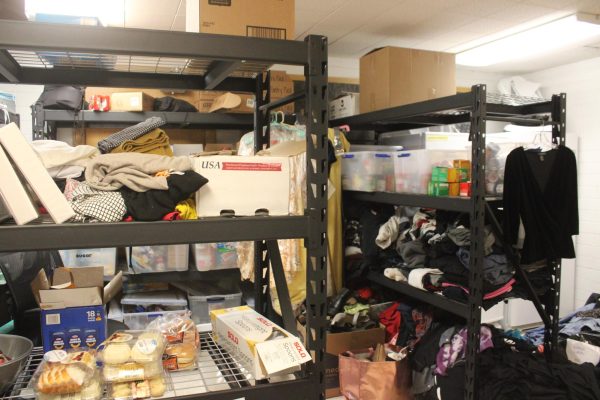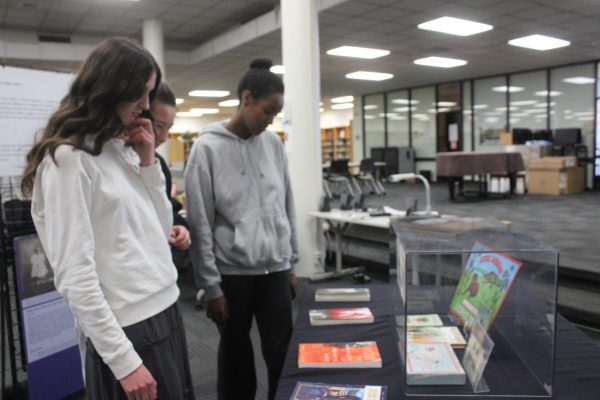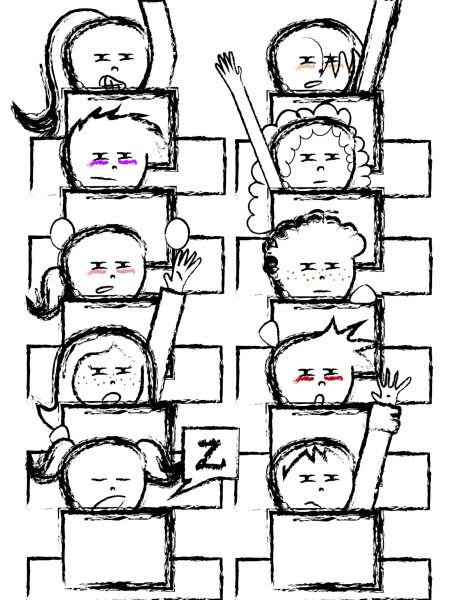HHS English Department Has Faced Constant Teacher Turnover
November 2, 2018
A new teacher slides into her desk. She’s bright eyed and excited, ready to make all the difference for a small group of kids. But the students don’t even give her a second glance. She’s just another new teacher, one of the multiple that they might have this year. “New” is the norm for these teens.
This idea of “teacher turnover” is not uncommon in America. In fact, the National Commission on Teaching & America’s Future (NCTAF) found that rate of teacher turnover has increased to nearly 17 percent nationally. In addition to this, the National Education Association states that 20 percent of teachers don’t continue teaching after three years. In Utah, 15.7 percent of teachers are in only their first or second year of teaching and just starting to gain experience.
This may be due to the poor living conditions that many teachers endure. While the average American made a salary of $57,617 in 2016, an average teacher made as little as $38,180 with a much higher workload. This could explain the small number of people that choose to go into educator positions.
The Salt Lake district pays teachers a much higher amount than the national average, so Highland tends to draw some more qualified people. Though the Rams do cycle through many teachers, they tend to gather well-educated faculty.
“We can afford to have the best,” Kerrie Baughman, the head of Highland’s English department, said.
The English department experienced a large portion of the school’s turnover in the last few years due to sickness, family, and age of many of the educators in the department. They have cycled through many teachers, but this year’s Rosalyn Omer is one that plans to stick around for a long time.
“I would love to be here until I retire,” Omer said.
She has experienced Utah’s turnover firsthand in her last school. She left teaching at Cottonwood High school in 2010, but her time there involved several of the teachers leaving after their long careers of educating. A huge wave of retirement hit the school all at once, causing the need for a surge of new faculty.
“Everybody that I worked with either retired while I was working there or shortly after,” Omer said.
The benefits of turnover are well appreciated in the Highland English department. Some think that having prevalent turnover leads to a younger and more relatable learning experience for kids, as well as preventing these huge bursts of retirement all at once. Others are upset about how much the faculty has been upturned, but for the most part they all have positive outlooks.
“I really like having new blood… It’s good to have people who are really fresh and I think students can relate to someone a little bit younger,” Baughman said.
The downsides to this turnover affect the students more than the faculty of schools. With less time and exposure to school environments, new teachers tend to get sick more frequently than the older, more experienced educators. This presents this issue of not having consistent education and often having to deviate from the curriculum to accommodate substitutes.
Another potential problem with large amounts of turnover is the fact that, specifically in Utah, the rates of population growth and the number of children that reach school age, grows quickly while educator positions don’t tend to increase or fill at such a high rate. This forces the administration to be in a position of hiring under qualified individuals to fill holes that can’t be left empty.
This effect on students is one of the main concerns when considering teacher turnover, but at Highland, the repercussions seem to be minimal. It appears that students get the same level of work and learn just as much with a new teacher as the would in any other class.
“I don’t really feel like it affects us a lot because we change teachers every year and we have since middle school,” Katherine Dunford, a student who has experienced two years of new English teachers, said.
This seems to be a common sentiment among the teachers as well. As educators trickle in and out of Highland they replace some mediocre teachers with good ones and some good with mediocre, keeping a balance of teachers throughout the school.
“I think it’s positive when we get new teachers that really know what they’re doing,” Baughman said.
No matter the amount of turnover at Highland, the teachers seem to be responding positively. They are hopeful about their young new colleagues and those that do not bring that level of potential are let go and replaced by yet another fresh face. It is a cycle that many view to be beneficial despite research that suggests it has a less-than-desirable causation.

